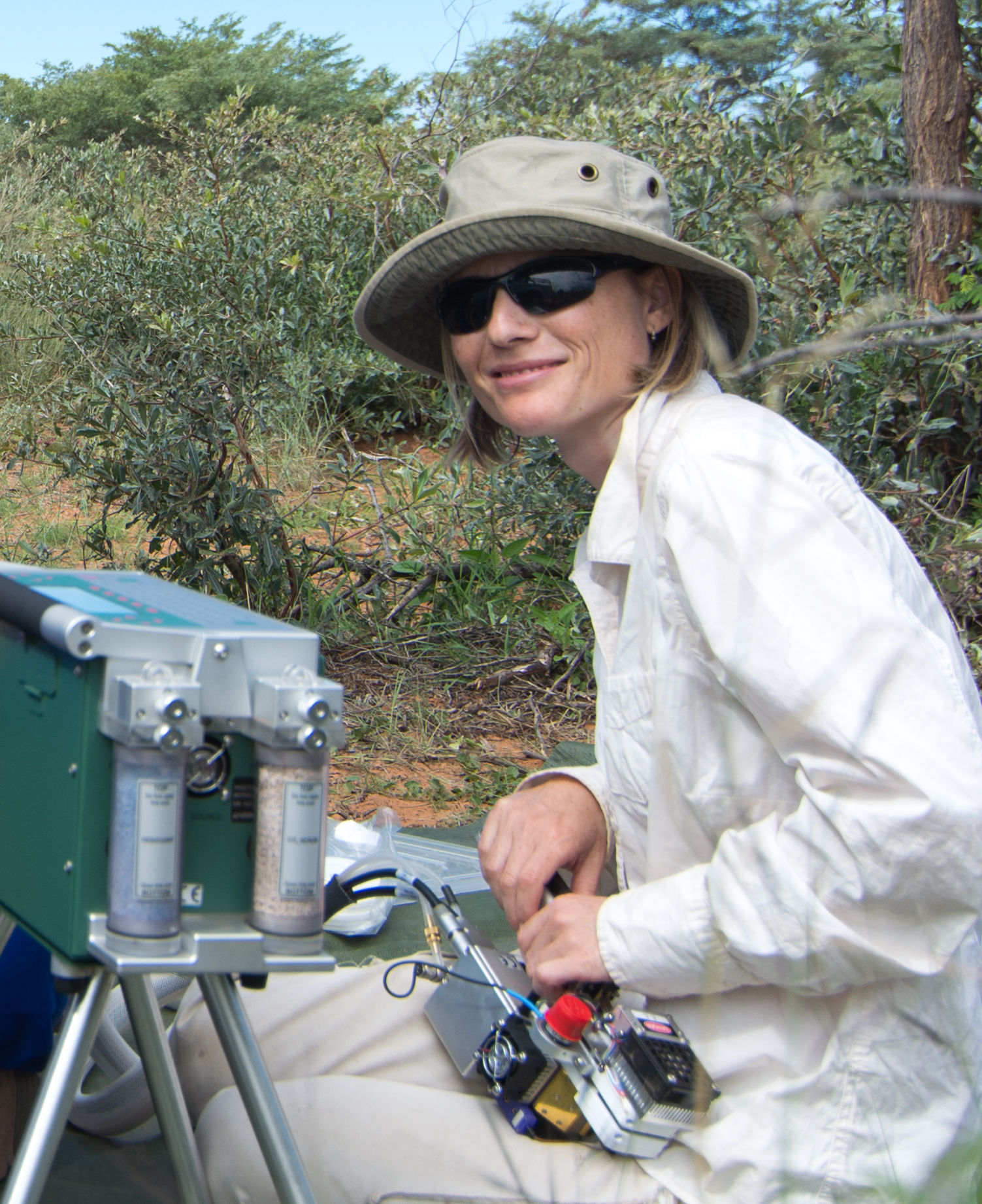New Discoveries Lecture Series: Dr. Heather Throop 'Dry, drier, driest: How will deserts respond to changing climate?'

Join Arizona State University's School of Earth & Space Exploration for Dr. Heather Throop's upcoming New Discoveries lecture:
"Dry, drier, driest: How will deserts respond to changing climate?"
Desert and semi-desert environments cover nearly half of the world's land surface. Organisms living in these harsh environments must battle to survive extreme conditions. Are desert organisms likely to thrive under future climate change? Or, are they already pushed to extremes and particularly vulnerable to climate change? What role might deserts play in affecting climate change?
Join Dr. Heather Throop, who specializes in climate change and arid environments, to explore what we know - and are still discovering - about Earth’s driest places, including deserts in Australia and southern Africa, and our own Sonoran Desert.
About the Speaker:
Dr. Heather Throop is an associate professor with a joint appointment in the School of Earth & Space Exploration and the School of Life Sciences. Throop and her students study how the cycling of carbon through plants, soils, and the atmosphere responds to human-caused changes in the environment, such as climate and land use change. Throop's work is primarily based in drylands (arid and semi-arid ecosystems), which are home to a large and rapidly increasing portion of the world's human population. These systems are particularly critical in many developing nations where human livelihoods are often tightly linked to sustainable use of drylands. Prior to joining ASU, Throop was on the faculty at New Mexico State University. She was a 2015 Fulbright Research/Teaching Scholar at the Namibia University of Science & Technology.
FAQs
What are my parking options?
The Marston Exploration Theater is located on the first floor of ASU's Interdisciplinary Science and Technology Building IV (ISTB 4), the home of the School of Earth and Space Exploration. ISTB 4 (map) is located near the intersection of Rural and Terrace Road in Tempe on the east side of campus. This seven-story structure is ASU’s largest research facility, and is accessible on foot via Orange Street and McCallister Ave. If arriving by Light Rail, exit at the University and Rural Road stop.
Parking is available inside the Rural Road parking structure just east of ISTB 4. From the parking structure, walk west and enter ISTB4 through the glass doors on the north side of the building. Please note that a parking fee is $3/hour and is charged upon exiting the parking structure. There is additional pay parking directly south of ISTB 4 available for $2/hour. There is an automated payment registration kiosk on the parking lot's west side (the corner near the building).
Do I need to arrive early?
Guests are recommended to show up by 6:30 p.m. to gain entry into the theater. At 7:15 p.m. any seats will be released to first come/first served at the door.
Where can I contact the organizer with any questions?
Contact the SESE Alumni & Events Coordinator, Stephanee Germaine at stephanee.germaine@asu.edu

